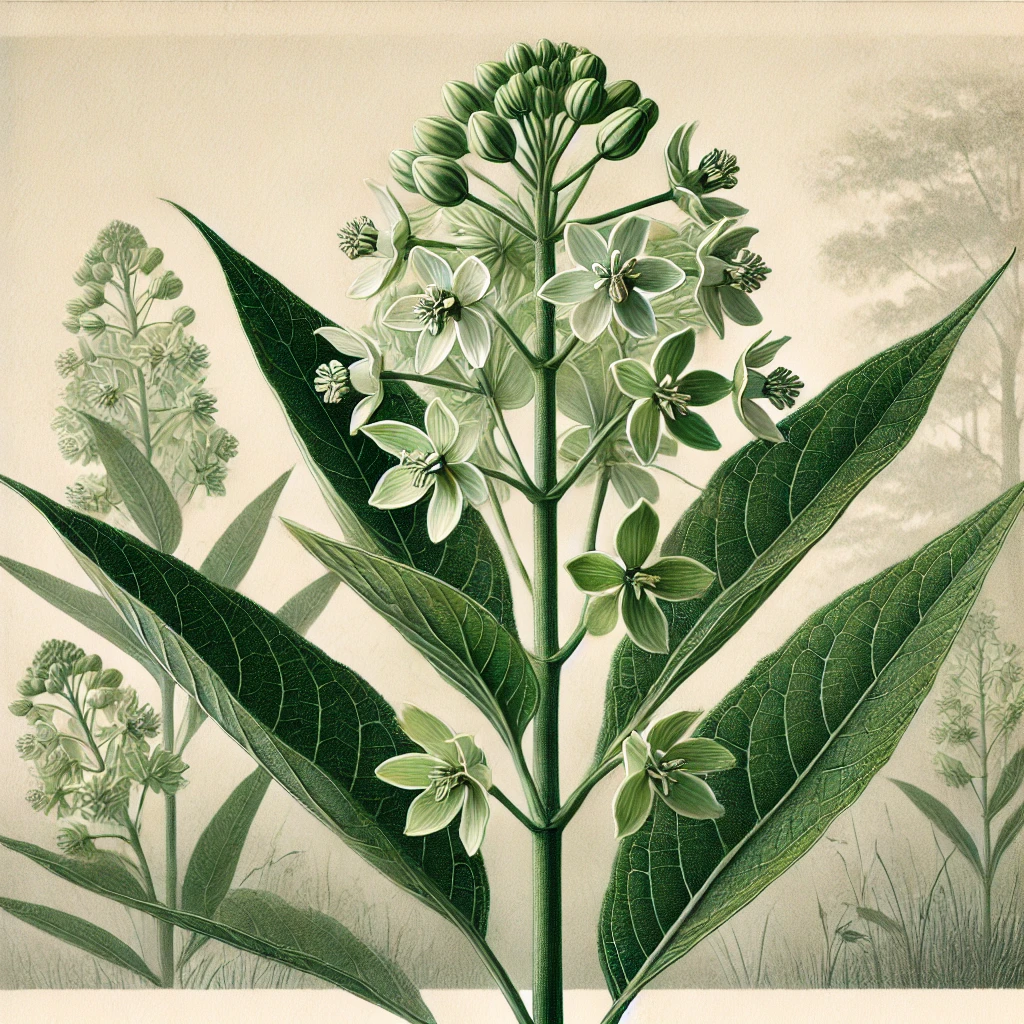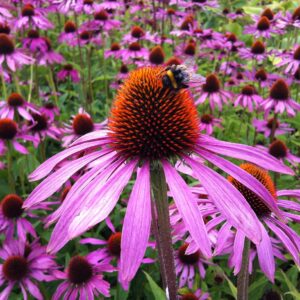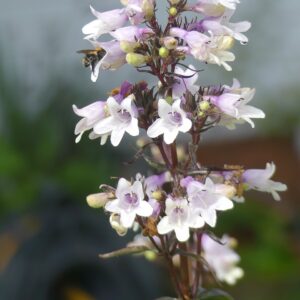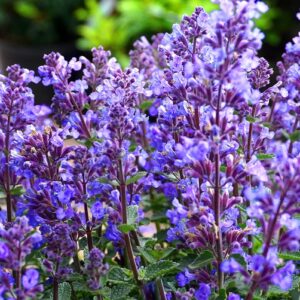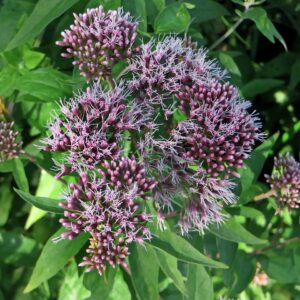Poke Milkweed (Asclepias exaltata) – A Shade-Loving Milkweed
Poke Milkweed is a unique species of milkweed that thrives in wooded areas and partially shaded environments, unlike most milkweeds that prefer open prairies and full sun. It features drooping clusters of white to pale green flowers and provides an important food source for monarch butterflies and other pollinators.
Flowers: White to pale green, sometimes with a hint of purple. Drooping, umbel-shaped clusters (not upright like Common Milkweed). Each flower has five reflexed petals and a central crown.
Height: Grows 3-6 feet tall, making it one of the taller milkweed species.
Leaves: Large, broad, lance-shaped leaves with pointed tips. Deep green, smooth, and slightly glossy, arranged oppositely along the stem.
Stem & Growth Habit: Slender, slightly arching stems that give the plant a graceful appearance. Grows in small clusters but does not spread aggressively like Common Milkweed.
Habitat & Range: Found in eastern and central North America. Prefers woodland edges, shaded meadows, and moist, rich soils. Can tolerate partial to full shade, unlike most milkweed species.
Pollinators & Wildlife: A critical host plant for monarch butterflies; caterpillars feed on its leaves. Provides nectar for bees, butterflies, and hummingbirds. Deer and rabbits generally avoid it due to its mild toxicity.
Shade-Loving Milkweed: Unlike most milkweed species, Poke Milkweed thrives in wooded areas and dappled sunlight, making it an excellent choice for forested gardens.
Important for Monarchs & Other Pollinators: While not as common as other milkweed species, it is a valuable food source for monarch caterpillars. Its drooping flowers attract a wide range of pollinators, including long-tongued bees and hummingbirds.
Name Origin: Named “Poke Milkweed” because its large leaves resemble those of Pokeweed (Phytolacca americana), though the two plants are unrelated.
Growing Poke Milkweed:
Ideal for woodland gardens, pollinator habitats, and native plant landscapes. Thrives in part shade to full shade—a rare trait among milkweeds. Prefers moist, well-drained soil but can tolerate dry conditions once established. Does not spread aggressively like Common Milkweed, making it more manageable.

